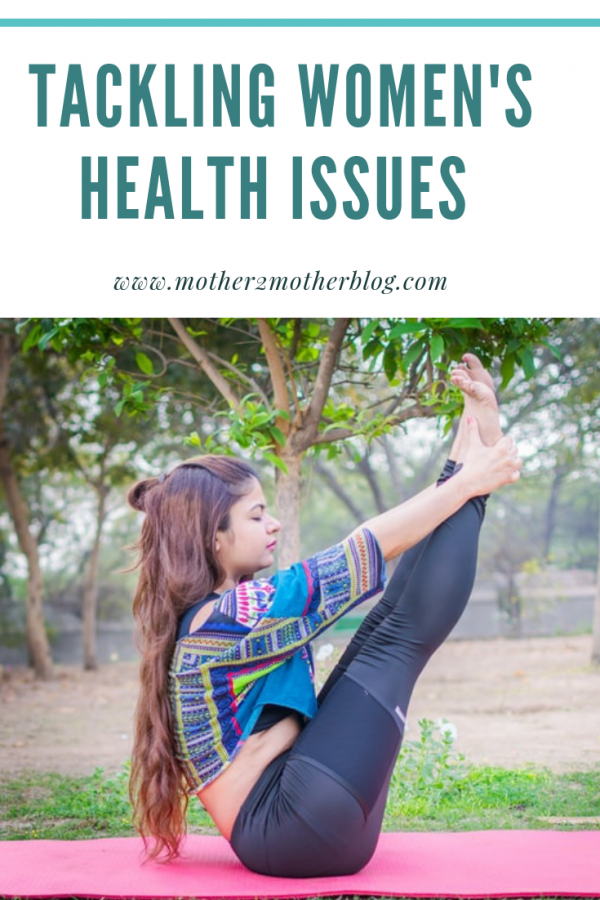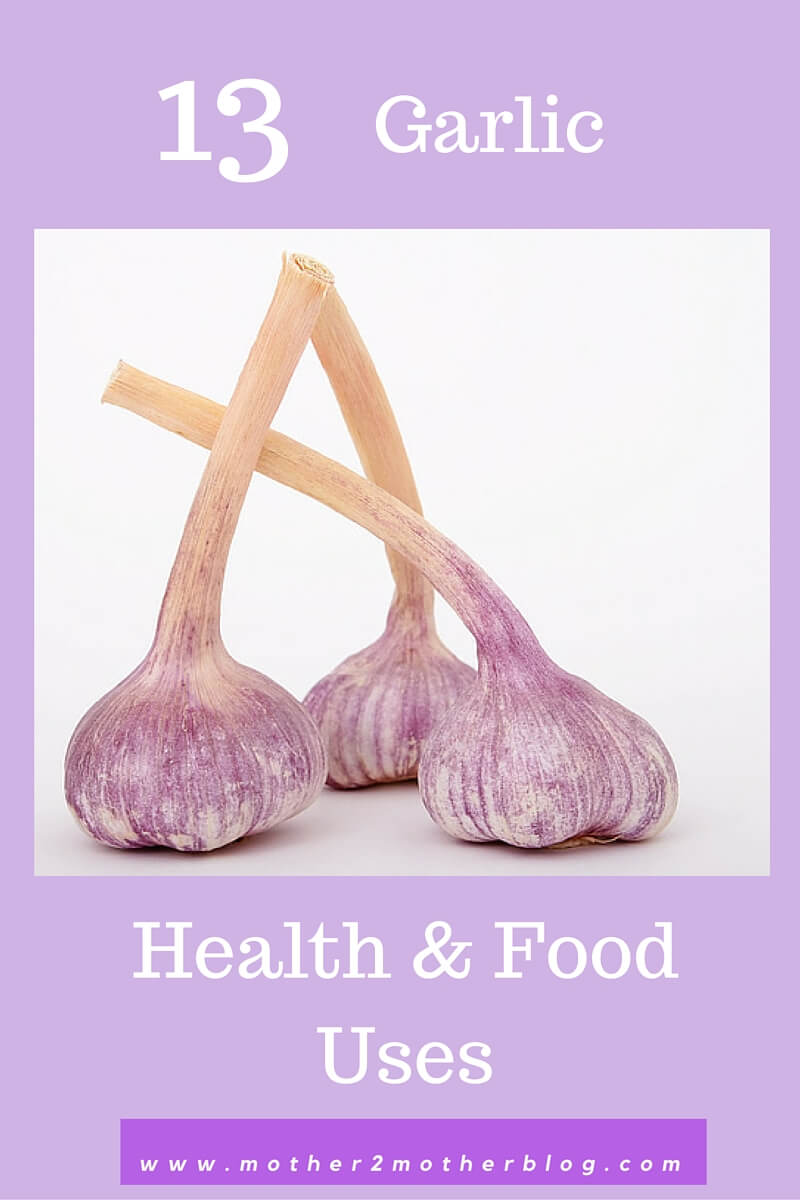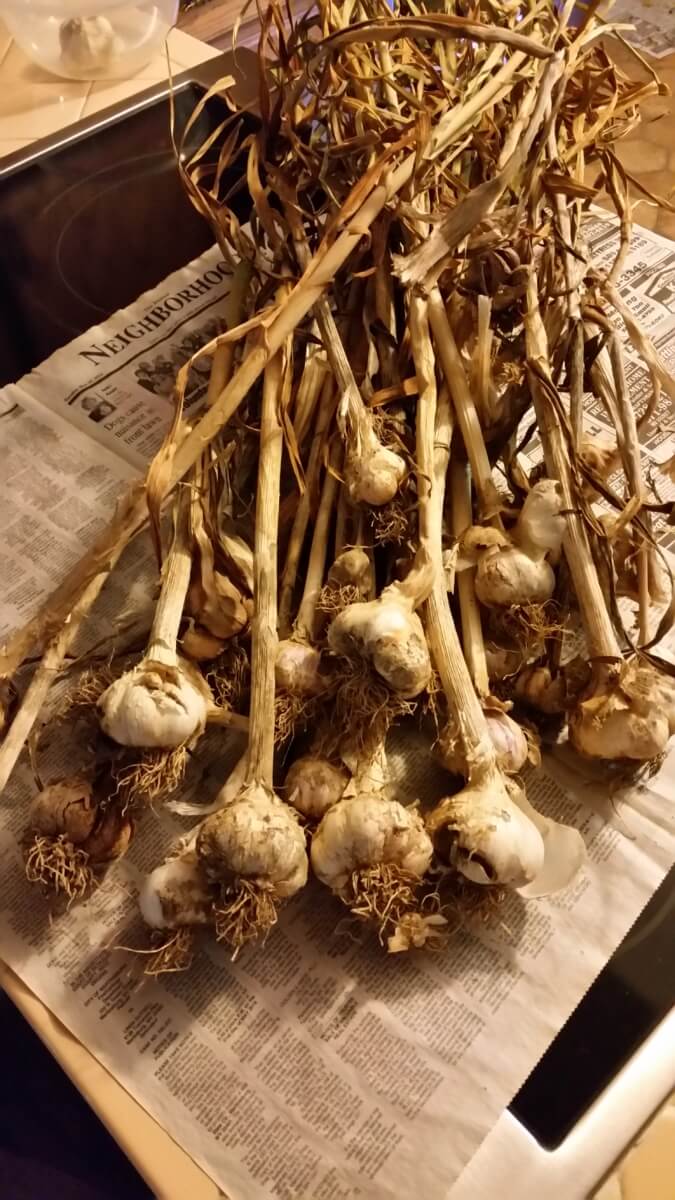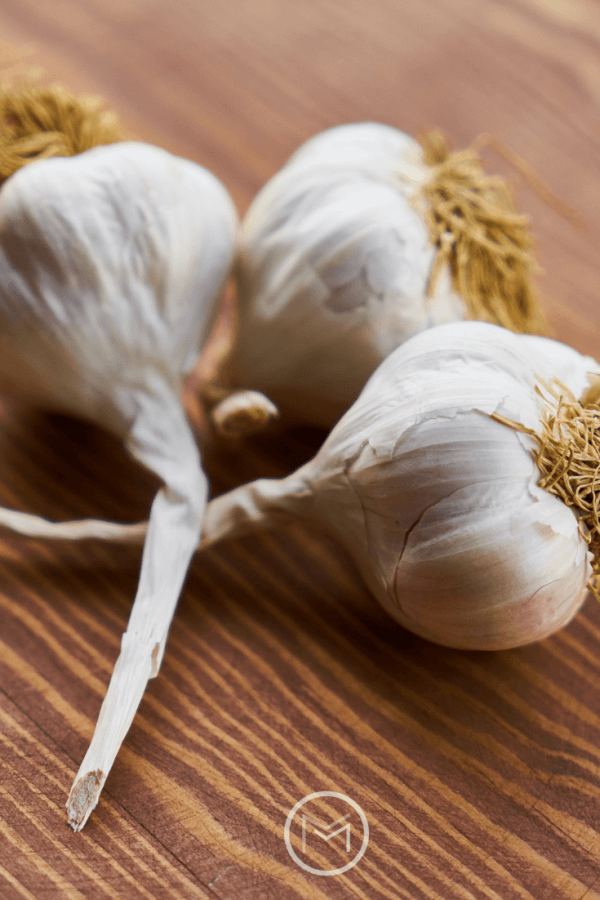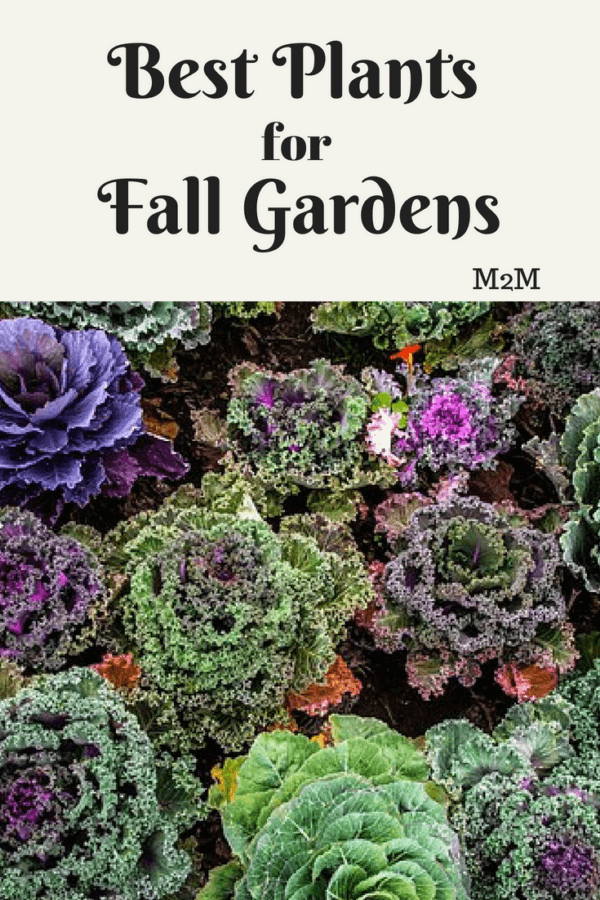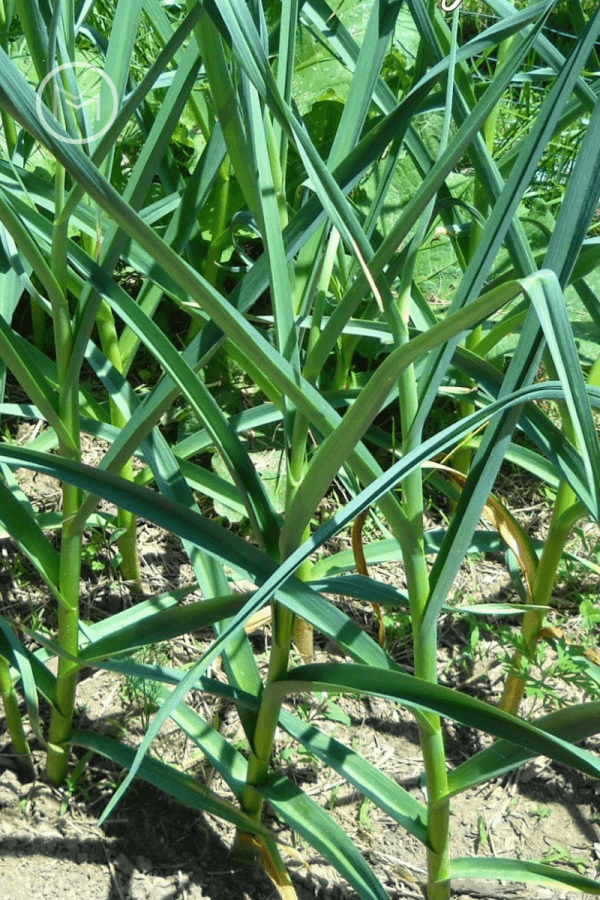Today, I’m sharing parenting tips on healthy eating tips for kids. Implementing small steps is the key to getting your child to eat healthy. Pushing your kids until they eat their greens might ensure that they get the right nutrition, but it’s not going to get them excited about choosing the right foods.
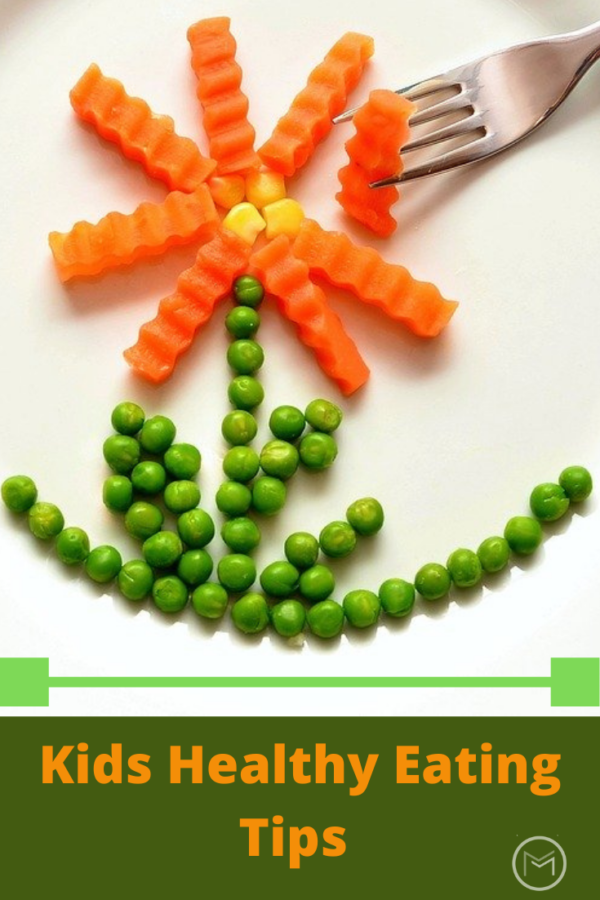
As any parent knows, there’s more to teaching children about the benefits of healthy eating than simply encouraging them to eat the right foods every day. It’s also important to make sure that your children feel passionate about the meals that they’re getting. They’re more likely to build healthy habits that last for a lifetime.
The good news? Changing your child’s attitude towards food doesn’t have to be as complicated as it seems. Everything from getting your child involved in the cooking process to gamifying the experience of learning about food can make a huge difference.
5 Healthy Eating Tips for Kids:
Start Gardening Together
Our kids healthy eating tips begins with a garden. Gardening with your children can also help to improve your child’s attitude towards nutrition and healthy eating. When your child works with you on tending a garden and growing their own fruits and vegetables, they’re less likely to turn their noses up at the same items on their plate.
Children want to celebrate their achievements and eating the food that they have grown themselves is a way of doing that. You don’t need to start a huge vegetable patch to make a lasting impact on your kids with gardening either. There are plenty of foods that you can grow in a very small space. For instance, tomatoes and runner beans grow perfectly in smaller spaces, if you’ve got a wall or some sticks for the vines to climb. You can even work with your children on finding vegetables that would be suitable for your garden.
Start Cooking Together as a Family
Having kids in the kitchen can often be a recipe for disaster. However, if you really want to create a positive relationship between your children and their food, then you’re going to need to deal with a little mess.
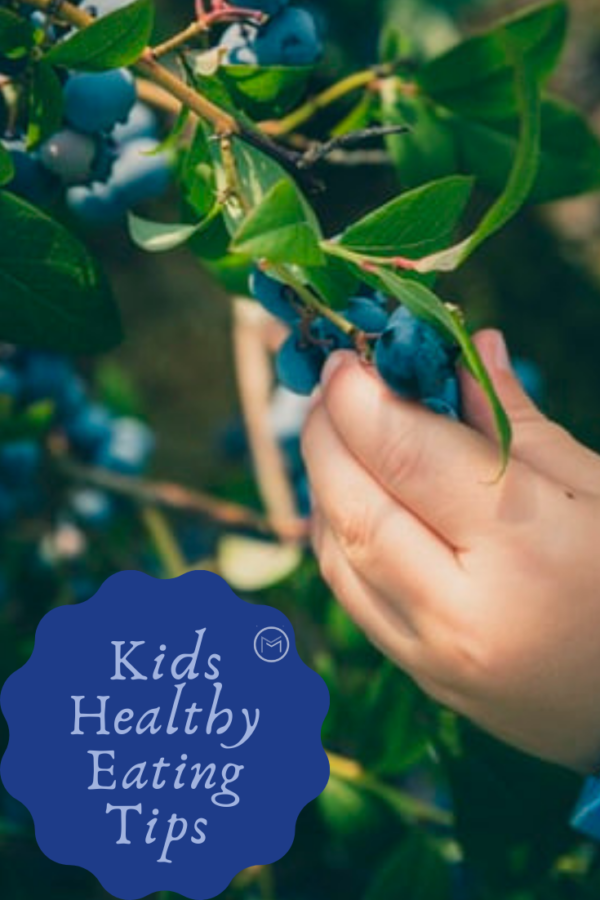
Bringing your children into the kitchen gives them a chance to experiment with different ingredients and flavors behind the scenes. They get an insight into what’s going into their food before they see it on their plate. And, they’ll be more likely to want to experiment with new things. One study found that school-based cooking programs can have an excellent impact on the food-related preferences of children, as well as their attitude towards food.
At the same time, you get the benefit of being able to spend some quality time with your youngsters, teaching them skills that they’ll be able to use in the future.
Get Technical
When it comes to kids, it’s always a good idea to gamify. If simply telling your children why certain foods are so good for them doesn’t seem to make an impact, use something they love to make them passionate about food—use technology!
Technology is not a bad thing and can make things easier for you and them too. In fact, you can even use apps that help you monitor your kid’s health and progress. There are also plenty of amazing educational apps built specifically for children that uses fun graphics to connect exercise and food for children into a language that they can understand.
You might find an app that teaches your children the benefits of each food item on their plate are by having them match food to its healthy outcome. Alternatively, you could download apps that allow you and your child to plan future meals together.
Planning meals with your little one will make them feel more invested in the food that they’re eating so they will clean off their plate more often.
Share the Benefits of Nutritious Foods
Children like to know the reasons for what they’re doing. There’s something exciting about getting to see the inner workings of the world around you.
Rather than just telling your children that they need to eat their carrots, tell them that those carrots are an amazing source of good things like antioxidants, beta carotene, and other crucial substances and explain what they do.

Sitting down and talking to your children about the food on their plate each day and why it’s going to make them healthy and strong will make them more likely to want to eat it.
Try linking the benefits to something that matters to them.
For instance, if you eat your broccoli the iron in it will help give you the energy you need to do really well in your next soccer game.
You could even go online and watch some educational videos about how certain foods improve your health and fitness.
Be a Role Model
If you’re constantly dieting or struggling with erratic eating habits where you fail to have a full meal every night, then you’re going to confuse your children. It’s important to learn how to be a role model for your children. Although it’s tempting to make sure that your child gets good food, then completely forget about your own needs, it’s important to remember that your behavior makes a difference to what your child sees as normal.
Be honest with yourself about the kind of messages you’re sending to your child about food. Whenever you can, sit down for a full meal with your little ones at a table, and let them see you eating the same ingredients that they’ve got on their own plates.
You could even bring your child along to the supermarket and let them see what kind of food you buy, and why.
Teaching Kids About Food
Teaching children about food isn’t always easy. The chances are that your little ones will automatically want to spend more of their time eating fast food and sugar than fruits and veggies. However, the five tips above will give you the support you need to introduce your children to the amazing world of healthy ingredients, and their benefits.
Remember, successfully teaching your children about food means building habits that they can keep honing over the years. Don’t give up if your first attempt to impart wisdom on kids healthy eating tips doesn’t have an impact.

Lisa Michaels is a freelance writer, editor and striving content marketing consultant from Portland. Being self-employed, she does her best to stay on top of the current trends in business and tech. Feel free to connect with her on Twitter @LisaBMichaels.
